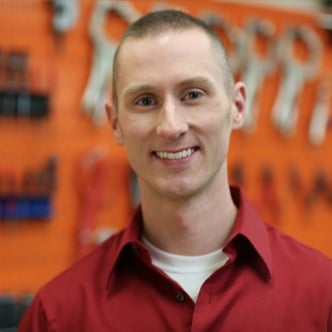Is the design complete?
As engineers, this is a question that we ask ourselves on a daily basis. If our new product design works as it is supposed to, meets or exceed specifications & requirements, and the analysis (often finite-element) provides validation, it is tempting to answer: “Yes, all the math checks out, we’re done!” This is the mistake of designing only for function and forgetting the importance of style and form.
This was reiterated several times in my graduate classes and bears repeating: if a design is not beautiful, then is not a good design. If it’s not beautiful, then it’s not complete.
If it’s not beautiful, then it’s not complete.
“Beautiful” in the context of engineering design is an extremely loaded word. Just as we might call a person beautiful, that which makes a product beautiful is much more than aesthetics. Sometimes this can be as simple as shiny white plastic with rounded corners that look nice. Sometimes it is the heft you feel when you pick up an expensive product—some toy manufacturers even add functionless metal weights to give the user the right feel. For other designs, it is the way the finished product fits in your hand or conforms to your grip. All of these qualities would fit within the domain of ergonomics but, more importantly, they are an appeal to the senses.
Remember the 5 senses.
Perhaps it is best to answer the question “is the design complete?” with questions that extend beyond functional requirements. How will this design look? Does it have visual sex appeal? How will it sound? Will the snap fits provide that satisfying *click*? How does it smell and taste? Are we using materials that could off-gas or emit odors? How will this design feel to the end user and more importantly how will it be felt?
How will it be felt?
How a product is perceived (and not just how it feels) is one of the most important and easily-overlooked features of any new design. This relates to what we call the user experience and it encompasses what most users would call “a certain je ne sais quoi,” an enjoyable feeling felt simply by using the product. Regardless of whether a product performs well or correctly, an identical product that provides a better user experience will inevitably do better on the market.
Prototype, prototype, prototype.
Though we can guess how a product will be experienced by the user, we can only guess so well. For this reason, I must stress the need to prototype, prototype, prototype! Far before production, one must get designs and prototypes into the hands of eventual customers; get them into the hands of people that will ultimately be paying for your product. Make sure a variety of designs or iterations are experienced by a variety of people.
Unfortunately, it is much easier for test-users to decide “this doesn’t feel right” than it is to say “these are the exact tweaks the design needs.” Give your test-users options and customizability and let them tell you what they want. After all, you are almost always designing for the end-user. Allow the customers to decide what they want.
Design for the user.
Remember, often it is the little things—a click here, a soft edge there, a pleasant curvature—that contribute the most to the user experience. If you’re starting a new design or re-doing an older product, be sure to know your customer and include the intangibles as part of the specifications. This will go a long ways toward ultimately arriving upon a successful design. If you know your customer wants to feel a rugged product, then the specifications document should include examples or descriptions of similar objects or products that elicit that feel. One of our clients requested that his product’s handle feel curved and sturdy like the brim on my bike helmet. Instead of guessing the curvature that made for a good feel, we could start off with something identical to the item we had on-hand.
Is the design complete?
If we’re asking this question, then we’ve already achieved functionality. Just as important, we should now be asking, “is it beautiful?” To make this final decision, you must have a good idea of what your potential customers find beautiful in your product. Better yet: build some prototypes and ask them!
.svg)






